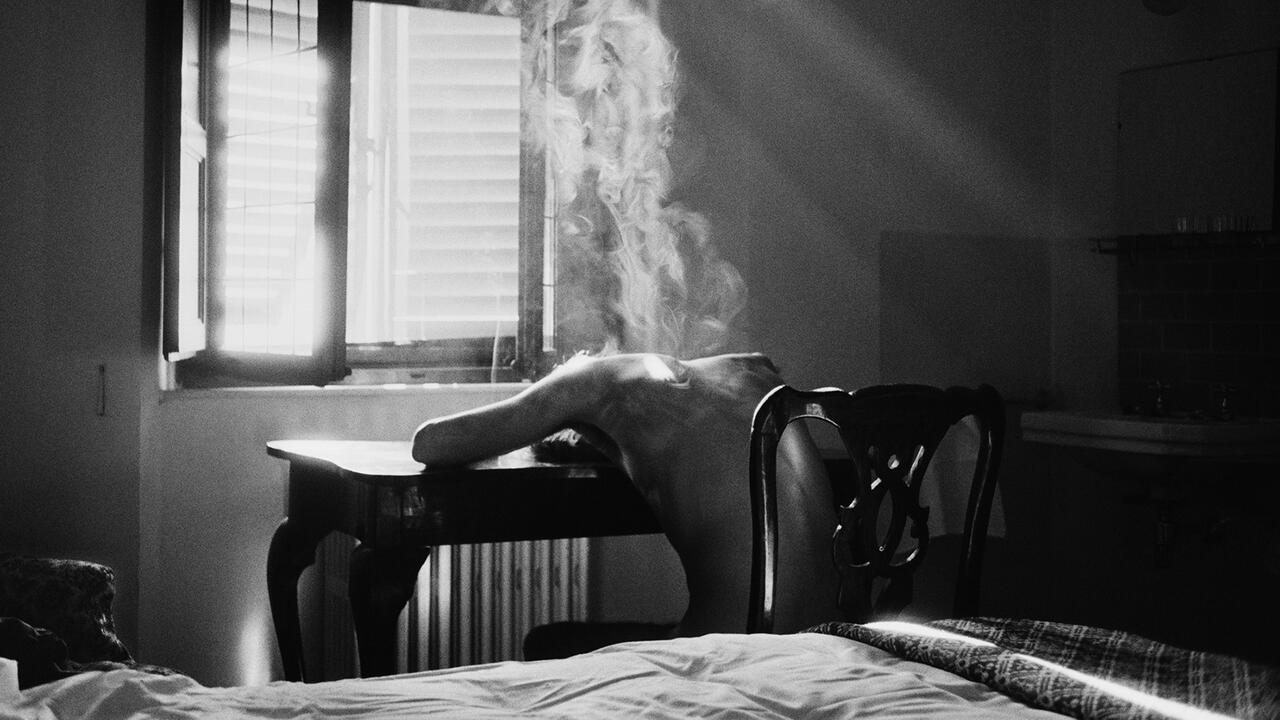Why Restitution Won’t Happen If Europe Controls the Terms
Charges of ‘attempted theft of a cultural asset’ against Congolese activist Mwazulu Diyabanza reveal the abyss of Europe’s self-referential legality
Charges of ‘attempted theft of a cultural asset’ against Congolese activist Mwazulu Diyabanza reveal the abyss of Europe’s self-referential legality

On 12 June 2020, Mwazulu Diyabanza and four other activists visited the Musée du quai Branly in Paris ‘to collect what is rightfully ours’, as they declared during an Instagram livestream. This was the first in a series of actions at museums across Europe that aimed to call attention to the question of restitution. Captured on camera, Diyabanza is seen dislodging a 19th-century wooden funeral pole from its holder and making his way to the exit. ‘I don’t need to ask a thief for permission to retrieve a stolen object,’ he asserts when intercepted with the artefact, which was originally expropriated from Chad during the French colonial period. When the police arrive at the museum, the activist calls for an investigation into the collections of the Musée du quai Branly to expedite the return of looted artefacts. Diyabanza was later charged with ‘attempted joint theft of a cultural asset’. Similar scenes played out this year at Marseille’s Museum of African, Oceanic and Indian Art (July), the Africa Museum in Berg en Dal (September) and the Louvre (October), where Diyabanza was also arrested. The hearing of the latter case is set for 3 December.

While Diyabanza’s interventions are illegal, his defence team had hoped that his late-September hearing for the Musée du quai Branly action would have been a landmark case. However, the judge disavowed the colonial overtones of the case and fined the activist 1,000 euros, arguing that the court did not have jurisdiction over France’s colonial past. French officials said the case threatened negotiations with African countries that had been launched after President Emmanuel Macron promised restitution in a speech in Ouagadougou, Burkina Faso, three years ago. Felwine Sarr and Bénédicte Savoy’s restitution report from 2018, commissioned by Macron, revealed that 85–90 percent of African cultural assets are currently located outside of the African continent, with the Musée du quai Branly alone hosting 70,000 items. On 4 November, the French senate approved a bill demanding the restitution of 27 colonial-era artefacts but, it remains to be seen how many items will be returned successfully.
The conceptual import of Diyabanza’s actions is severely limited by our propensity to equate legal with right and illegal with wrong. Yet, given that the unjust and asymmetric nature of the colonial encounter is largely undisputed today, the legal status of cultural assets acquired under colonialism must also be reset. The fact that, as a matter of course, French law upholds the state’s ownership of conspicuously African items can be attributed to the ways in which colonial dispossession was itself enshrined in law.

In Theft Is Property! (2019), political theorist Robert Nichols argues that two ideas are salient in relation to colonial dispossession. Firstly, that a general logic of ownership – the idea that possession of things is a given – is the only appropriate standard against which property relations must be judged (even retroactively). Secondly, the denial of colonial expropriation from the outset, which severely undermines the legitimacy and credibility of claims on expropriated property. These legal interpretations should remain binding for both perpetrator and victim – long after the theft has occurred.
In theory, cultural assets of this nature cannot be reclaimed as property because, historically, many existed outside of the logic of ownership. In practice, to lend their claims legitimacy, aggrieved parties must argue that their property was stolen from them. The dispossessed, therefore, can only possess something by alienating it to another through an external claim of ownership. This is how Europe is able to regard the majority of the African continent as lacking in culture while simultaneously stealing from it – or, to quote curator Bonaventure Soh Bejeng Ndikung in Those Who Are Dead Are Not Ever Gone (2019), ‘choking on [its] cultural assets’.

Restitution is fraught with Europe’s need to control the terms and conditions under which its position as chief accumulator of cultural assets may be challenged. As Diyabanza’s experience of the French judiciary system shows, instruments of law can be used to constrain the restitution debate to a legality contest. While it may seem a stretch to expect the legal regime that, little more than a century ago, enabled the acquisition of such artefacts to turn on itself, the more France continues to charge activists with ‘attempted theft of a cultural asset’, the more absurd the legal basis for those charges becomes. Diyabanza might ultimately land in prison, but he will do so having shone a light on a system that perpetuates colonial injustice while reaffirming itself. At significant personal cost, Diyabanza is clearing the legal fog engulfing restitution. It is now upon those negotiating the return of these artefacts to see what is truly at stake.
Main image: Mwazulu Diyabanza. Courtesy and photograph: Elliott Verdier























